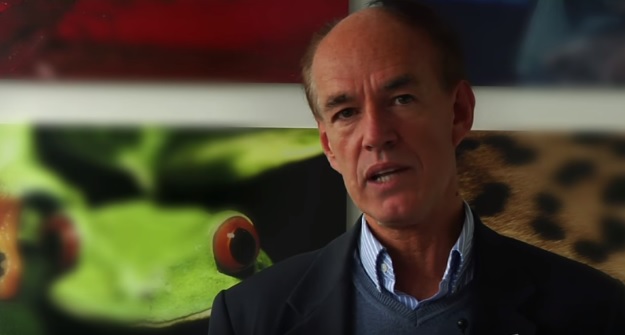
Paris, France | AFP | The global population of fish, birds, amphibians, reptiles and mammals has declined 60 percent since 1970, according to the WWF’s “Living Planet” report released Tuesday.
WWF director general Marco Lambertini tells AFP what went wrong and what’s at stake.
– How bad is it? –
“The situation is really bad, and it keeps getting worse. And it’s not just the decline in vertebrate populations, but deforestation, overfishing, pollution. There has been a lot of focus on climate, and rightly so. But we are ignoring other systems which are inter-connected with climate and super important to sustaining life on Earth. They also provide incredible benefits to human beings.
“We have always taken nature for granted. Humans evolved for two million years in a nature that was abundant, rich, dominant. But now –- over the last few decades -– we are beginning to alter the biosphere in ways that are pushing some planetary systems to the point of collapse.
“The only good news is that we know exactly what the problem is. For climate, we needed to see extreme weather becoming more intense and frequent before the Paris Agreement was signed. Nature is less obviously cause-and-effect -– you don’t see the extinction of species we didn’t even know existed, you don’t feel deforestation on your skin the way you do hot, cold, windy or wet weather.”
– Is ‘runaway consumption’ the top threat? –
“Scientists talk about ‘the great acceleration’ over the last 50 years, the exponential growth in use of energy, water, timber, fish, food, fertiliser, pesticides, minerals, plastics –- everything. This is putting us on a collision course with the planet’s finite natural resources.
“Some of Earth’s systems -– forests, oceans -– have been absorbing these impacts for decades. But we are reaching a tipping point. The planetary boundaries concept is telling us that there are limits as to what we can do to the planet. In some areas, we are clearly exceeding those limits.
“How we produce and consume energy is a major factor. Food consumption is the other massive driver. Forty percent of land has been converted to produce food, 70 percent of water resources are used to grow it, more than 30 percent of emissions are coming from food production.”
– Too many people on the planet? –
“There are too many people, but there are two dimensions to the problem: there’s the sheer number, but there’s also the quality and quantity of the consumption. Let’s not forgot that there are a lot of people in the world who are not getting enough.
“We have long known, by the way, that the best way to limit population growth it to empower society: educate women and give them jobs. That shouldn’t be controversial.”
– Is conservation a lost cause? –
“There are so many examples of success, and if we didn’t make those efforts the situation now would be much worse. But clearly the approach needs to change. Today, we are facing an unprecedented level and acceleration of impacts.
“To forge a ‘deal for nature,’ we can look to climate change for inspiration. Two things were crucial for the Paris Agreement. One was the realisation that a changing climate was dangerous for the economy and society, not just polar bears. We need to show the risks for us, for humans, of losing nature.
It was also crucial to have concrete targets — 1.5 degrees Celsius, 2C –- that focused everybody’s attention. We don’t have that yet for nature. In the next 12 months, the business sector, governments, NGOs, and researchers have to come up with an equivalent target.”
 The Independent Uganda: You get the Truth we Pay the Price
The Independent Uganda: You get the Truth we Pay the Price



